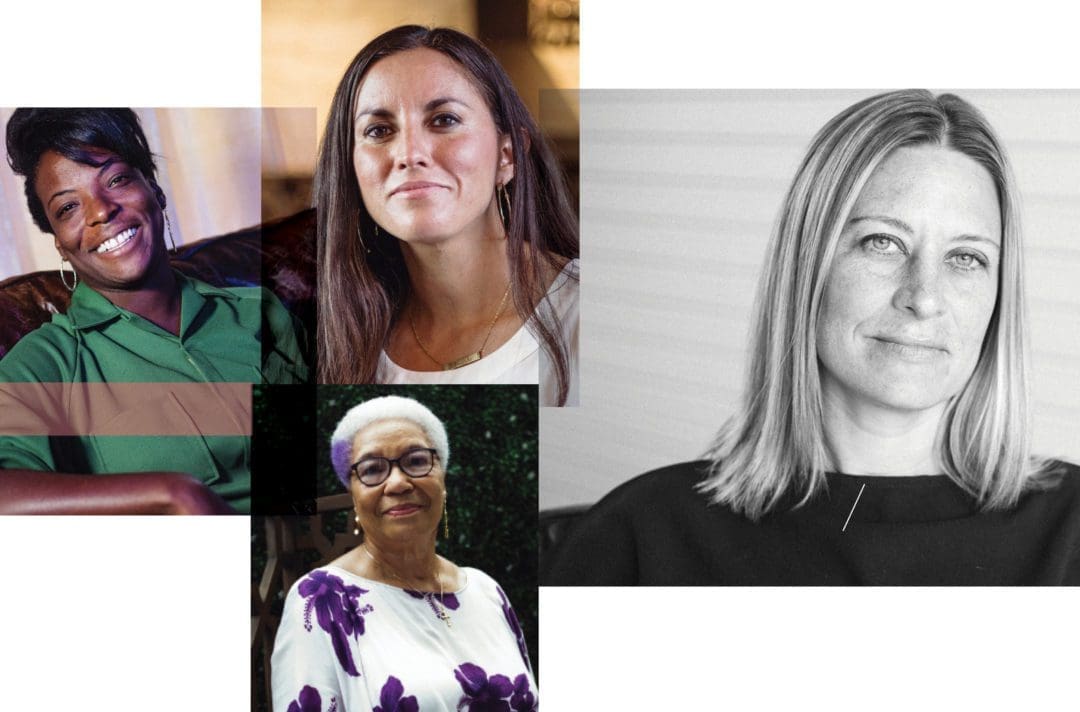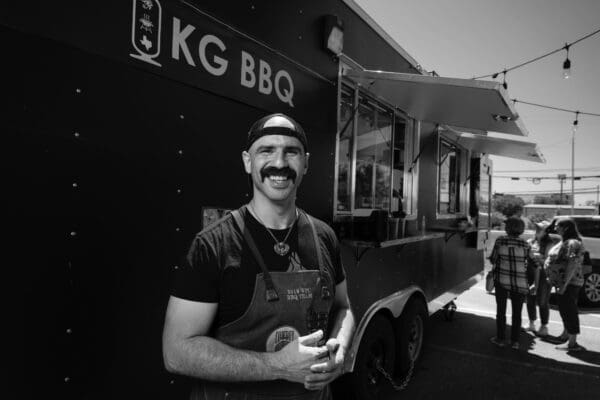Inspiring Voices

Words by Jessi Devenyns Photos by Eric Morales
The ability to communicate is a basic human instinct. Whether a child, a mother, a counselor, an artist, or a friend, everyone needs someone to hear their voice. For some, that ability to communicate has gotten lost along the way. Thankfully, however, listening and carrying the messages of those who feel unheard has become a calling for these four Eastsiders.
These women work to amplify the concerns and needs of the community that would otherwise be whispered into deaf ears. From the art community to the halls of governance, these ladies strive to create a community filled with flowing conversation and recognition for the various lives that are impacted. By giving people a voice, the marginalized gain a seat at the table and become heard.

Ora Houston
Former City Council Member of District 1
First impressions are only skin deep. “You can’t tell by looking at people, what kinds of experiences they’ve had that led them to be the authentic self that they are today,” declares Ora Houston.
Ms. Houston explains that if someone could be judged based upon a cursory glance, image would be a one-dimensional view of a persona, of her persona, as a former City Council member. However, after living a life that began with Jim Crow and, most recently, ended with passing city-wide legislation on the dais, Ms. Houston as a District 1 Representative is only part of the story.
The story begins in 1961 when Ms. Houston left Austin at the precocious age of 15 to attend college in Iowa. She soon discovered that neither snow nor nursing were her calling. “The bed pans just didn’t cut it for me,” she explains. Dillard University in NOLA was her next move which eventually led her back home to graduate from Huston-Tillotson University with a degree in psychology and sociology.

Juliana Gonzales
Senior Director of Sexual Assault Services at SAFE Alliance
verything that happens should be evaluated from within an individual’s context. Who are you? Where are you? With what community do you identify? For Juliana Gonzales, Senior Director of Sexual Assault Services at the SAFE Alliance, these questions become an integral part of care when individuals arrive seeking an avenue to stop the violence cycles in their lives, especially when they identify as female.
Women’s health, in particular, has always been a source of interest for Juliana. From sports to sexual health, nothing that happens in a woman’s body can be addressed independently from the whole person. This inextricable link has led her from working in women’s health services to professional women’s sports to the Austin Tenants Council and, most recently, back to a medical health context at SAFE Place.
“I’ve learned that things don’t happen just to your body,” explains Juliana. “Health is socioeconomic, it’s family support, it’s access to healthcare.” As a consequence, a person’s response to medical issues and the healing process “has to do with a lot of things.”

Miriam Conner
Artist & Community Organizer
At its basic level, art is an interpretation of the world. Those interpretations, though, are rarely the same. As a visual artist herself, Miriam Conner discovered early in college that when various impressions of the world are aligned together, the different perspectives create a new piece of artwork entirely. That was the beginning of her life as a curator of artists and communities.
“Through that experience I was like, ‘this is my art now.’ So when I came back to Austin, I found Pine Street Station, and I fell in love,” Miriam recalls. When she returned to Austin, Pine Street Station was a communal art warehouse where the aim was to create a gathering space that invoked a reciprocal dialogue between the community and artists. As the art curator of Pine Street Station, Miriam remembers having an epiphany about the tug-o-war that seemed to exist inherently between those who make art and those who come to buy it. “It’s interesting the war between the art community and the cultural communities and the pull that’s happening,” she explains, clarifying that the “pull” often becomes a push as artists lose control of the spaces they create.

Cristina Tzintzún Ramírez
Founder of Jolt & U.S. Senate Candidate
After the last presidential election, Cristina Tzintzún Ramírez saw a problem that no one seemed to be addressing: voter demographics.
Texas is a majority minority state with the largest minority population by percentage being Latinos. Despite those numbers, Hispanic voter turnout during the last presidential election was the lowest out of all the ethnicities, especially among younger individuals, according to the U.S. Census Bureau.
Cristina decided to change this discrepancy. “With numbers comes power,” she explains. In her interactions with the community, she finds “that a lot of the young Latinos we work with think we make up 10 or 15 percent of the state’s population.” The reality, however, tells a different story. “We’re 40 percent. We’re half all those turning 18,” she punctuates the sentence with a gesture around the room to indicate the ethnic makeup of those surrounding her desk.










